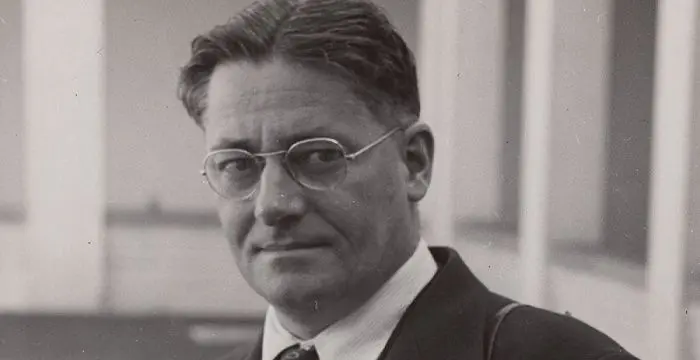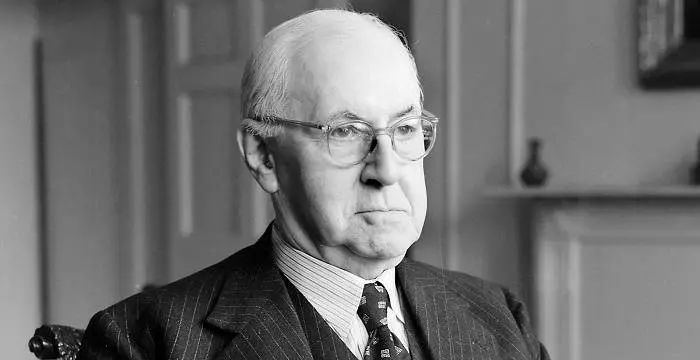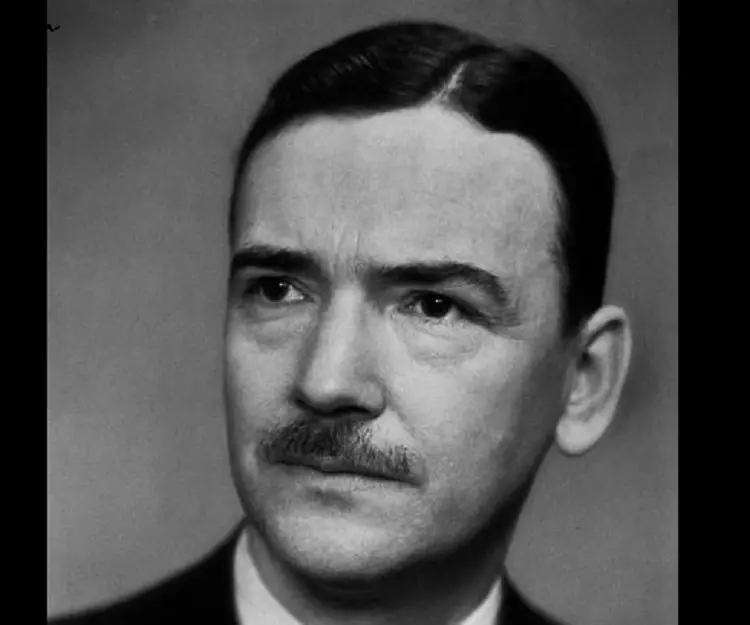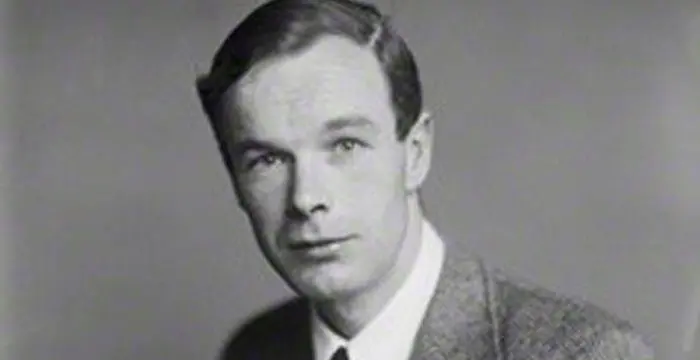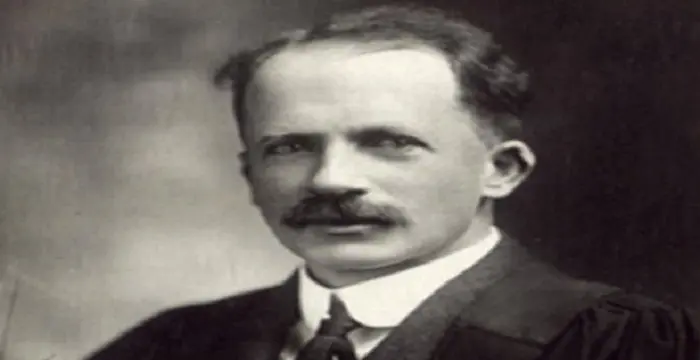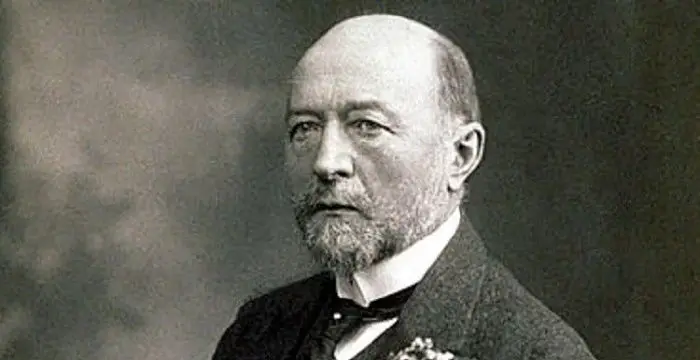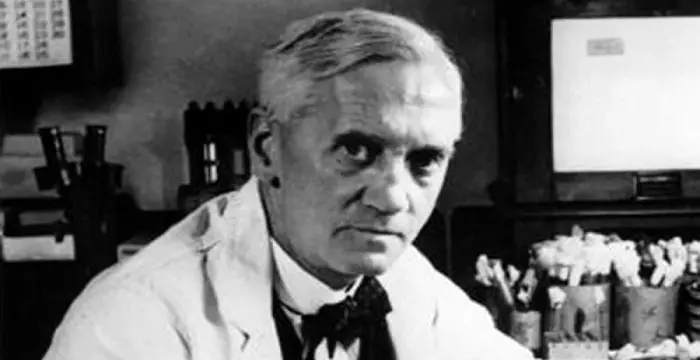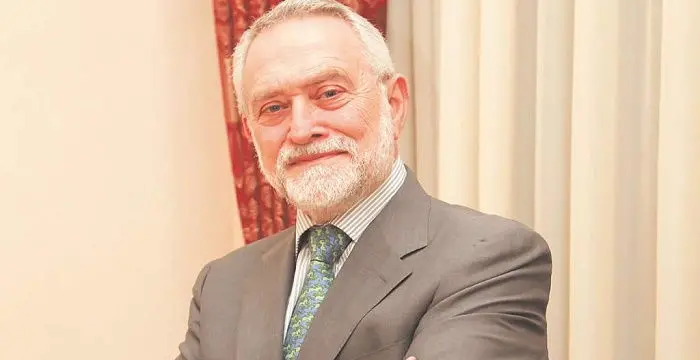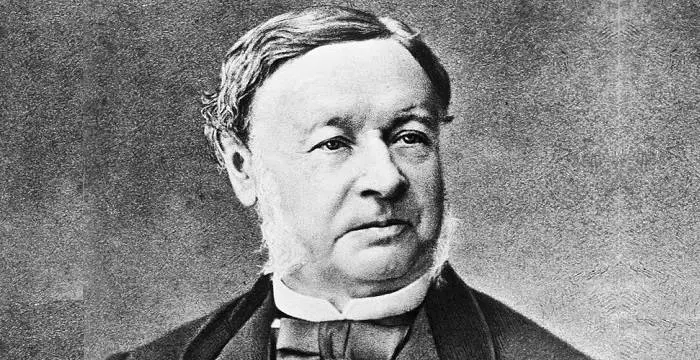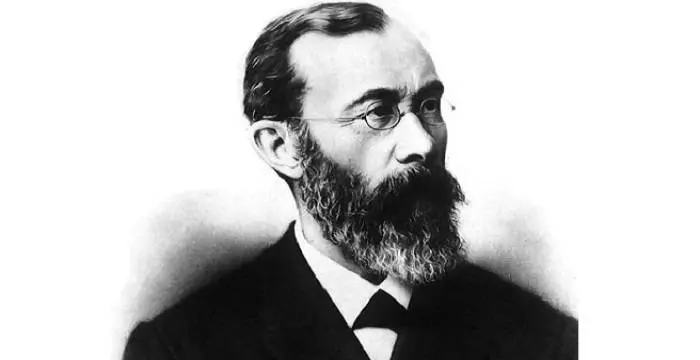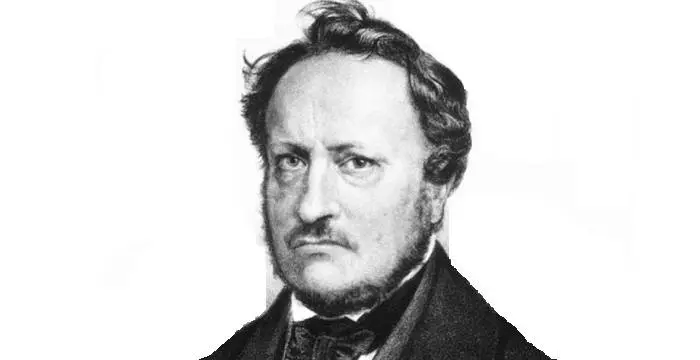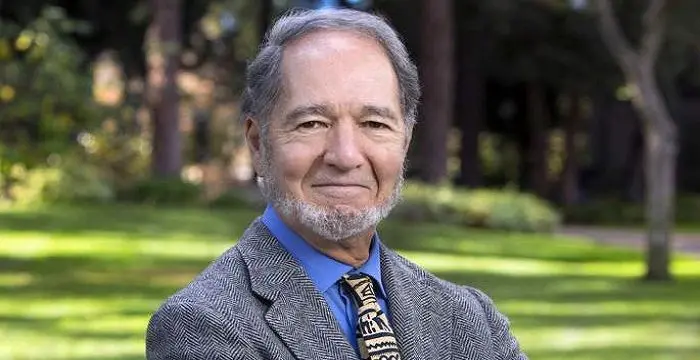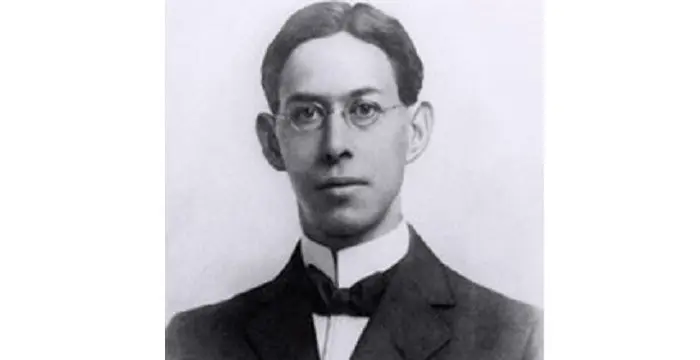Ulf von Euler - Pharmacologists, Birthday and Facts
Ulf von Euler's Personal Details
Ulf von Euler was a noted Swedish physiologist who was one of the joint winners of the 1970 Nobel Prize in Physiology or Medicine
| Information | Detail |
|---|---|
| Birthday | February 7, 1905 |
| Died on | March 9, 1983 |
| Nationality | Swedish |
| Famous | Scientists, Medical Scientists, Pharmacologists, Physiologists, Pharmacologists, Physiologists |
| Spouses | Dagmar Cronstedt (m. 1958) |
| Birth Place | Stockholm, Sweden |
| Gender | Male |
| Father | Hans von Euler-Chelpin |
| Sun Sign | Aquarius |
| Born in | Stockholm, Sweden |
| Famous as | Physiologist and Pharmacologist |
| Died at Age | 78 |
// Famous Pharmacologists
Howard Florey
Howard Florey was an eminent Australian pathologist who is credited for making penicillin available to the world. With this biography, explore about his childhood, life, achievements and timeline.
Ferid Murad
Ferid Murad is an American physician and pharmacologist who won a share of the 1998 Nobel Prize in Physiology or Medicine. Check out this biography to know about his childhood, life, achievements, works & timeline.
Henry Hallett Dale
Sir Henry Hallett Dale was a British physiologist who won the Nobel Prize in Medicine in 1936. Check out this biography to know about his childhood, life, achievements, works & timeline.
Ulf von Euler's photo
Who is Ulf von Euler?
Ulf von Euler was a noted Swedish physiologist who was one of the joint winners of the 1970 Nobel Prize in Physiology or Medicine for his work on the study of the mechanics of nerve impulses. He belonged to a family that had great academic lineage. Both his parents were distinguished scientists; his father was the recipient of Nobel Prize for Chemistry in 1929. His maternal grandfather discovered the chemical elements thulium and holmium and Leonhard Euler, the great mathematician and physicist, was his great-great-great-great grandfather. Brought up in such an environment, it became evident from early childhood that he too would follow their footsteps. After passing out from school he enrolled at Karolinska Institute to study medicine; but was very soon drawn to research. There he worked with Göran Liljestrand and on his recommendation not only obtained appointment as Assistant Professor at his alma mater soon after obtaining his doctoral degree, but also a postdoctoral fellowship to study abroad. He seized the opportunity to work with distinguished scientists at England, Belgium and Germany. His first discovery was made during this period; working with rabbits he discovered ‘substance-P’. Later he discovered four other endogenous active substances called ‘prostaglandin’, ‘vesiglandin’, ‘piperidine’ and ‘noradrenaline’. It was his discovery of the last mentioned substance that earned him the Nobel Prize. Simultaneously, he was also a great teacher and mentor. Towards the end of his life, he was referred as the “grand old man” of chemical information transfer and signaling.
// Famous Physiologists
Alan Lloyd Hodgkin
Sir Alan Lloyd Hodgkin was an English biophysicist and a physiologist who received the Nobel prize in Physiology or Medicine in 1963. This biography profiles his childhood, life, research, achievements and timeline.
John James Rickard Macleod
John James Rickard Macleod was a Scottish biochemist and physiologist who is credited for the discovery of insulin. With this biography, explore in detail about his life, career, scientific research and timeline.
Emil Adolf von Behring
Emil Behring was a famous German physiologist who won the Nobel Prize for discovering an antitoxin for diphtheria. To know more about his childhood, career, profile and timeline read on
Childhood & Early Life
Ulf von Euler was born on 7 February 1905, in Stockholm, into an educationally distinguished family. His father, Hans Karl August Simon von Euler-Chelpin, was a German-born Swedish biochemist, who won the Nobel Prize in Chemistry in 1929.
His mother, Astrid M. Cleve von Euler, was the first Swedish woman to obtain a doctoral degree in science (botany). Born as the eldest daughter of Per Teodor Cleve, who discovered holmium and thulium, she was a professor of botany and geology and also a reputed researcher at Uppsala University.
Ulf von Euler was the second son of his parents’ five children. Although his parents divorced in 1912 and his father married Elisabeth Baroness af Ugglas the following year it did not have any negative impact on his upbringing.
Brought up in a scientific environment, it became inevitable that Ulf von Euler would also grow up to be a scientist. He did his schooling first in Stockholm and then in Karlstad. In 1922, he entered Karolinska Institute, one of the most prestigious medical schools in the world, to study medicine.
While there, von Euler began his research work under Robin Fåhraeus on blood sedimentation and rheology. Later he also researched on the pathophysiology of vasoconstriction.
In 1926, he started working as an assistant in the Department of Pharmacology under Göran Liljestrand. Concurrently, he started working on his thesis and received his doctoral degree from the same institute in 1930.
Career
Soon after receiving his PhD in 1930, von Euler was appointed as an Assistant Professor in Pharmacology at Karolinska Institute, also known as Royal Caroline Institute, on the recommendation of Göran Liljestrand. In the same year, he received a Rochester Fellowship to do his post-doctoral studies abroad.
Accordingly, he first went to England to work with John H. Gaddum at the laboratory of Sir Henry Dale in London. Working with rabbits, he discovered an active biological factor, which is resistant to atropine. He named it ‘Substance P’.
The substance contracted the muscles of the gastrointestinal tract and lowered blood pressure in anesthetized rabbits. After working on it for few months he described its polypeptide structure, studied its distribution in the body and also developed methods to purify it.
Subsequently, he worked with I. de Burgh Daly in Birmingham, Corneille Heymans in Ghent and Gustav Embden in Frankfurt before returning to Karolinska Institute, where he carried on his research work. Then on coming back to Stockholm, he resumed his duty as an Assistant Professor at the Karolinska Institute. However, he kept on making foreign tours, visiting laboratories of established scientists around the world.
In 1934, he made his second discovery. Continuing with his work on different kinds of tissue extracts he discovered another atropine-resistant biological factor in human seminal fluid and sheep vesicular glands. He dubbed it ‘prostaglandin’.
On further examination, he found prostaglandin to be an unsaturated, lipid-soluble, nitrogen-free organic acid. Then he went on to describe its tissue sources and pharmacological properties and developed methods for its extraction and purification.
Next, in 1935, von Euler discovered another endogenous active substance called vesiglandin. Later in 1938, he went to London to study neuromuscular transmission with G. L. Brown.
In 1939, Euler was appointed a full Professor at Karolinska Institute, holding that position till 1971. Although the World War II broke out in 1939, Norway being a neutral country, von Euler could focus on his research work without any hindrance.
Some time now, he collaborated with Göran Liljestrand to discover a physiological phenomenon, which was later dubbed as the ‘Euler–Liljestrand mechanism’. In it they described the connection between ventilation and blood circulation of the lung.
In 1942, von Euler discovered his fourth endogenous active substance called piperidine.
From 1946 to 1947, he visited Buenos Aires to work with Eduardo Braun-Menéndez in the Instituto de Biología y Medicina Experimental. Sometime in 1946, he also identified norepinephrine, which is said to be his greatest discovery.
Soon after identifying norepinephrine, which is also called noradrenaline, he began to focus completely on it. Finally after a long and painstaking research, he and his team were able to establish that norepinephrine functions as a neurotransmitter and was produced and stored in nerve synaptic terminals in intracellular vesicles.
Later, he also worked on the functions of different chemical agents in regulating respiration, circulation, and blood pressure. He was a non-dogmatic researcher and was closely tied to his laboratory.
He was also an outstanding teacher and mentor. He encouraged his students to try out new ideas and was always ready to listen to them. He had once said, "There are few things as rewarding for a scientist as having young students starting their research work and finding that they have made an original observation”.
Major Works
Identification of norepinephrine in the sympathetic nervous system is considered to be his most important work. He and his team had also studied it from various angles and the findings provided a new direction to the research on the neurotransmission processes. The discovery had a great impact not only on scientific world, but also on medical science.
Awards & Achievements
In 1970, Ulf von Euler received the Nobel Prize for Physiology or Medicine for his discovery “concerning the humoral transmittors in the nerve terminals and the mechanism for their storage, release and inactivation". He shared the prize with Sir Bernard Katz and Julius Axelrod, who independently worked on the same topic.
Personal Life & Legacy
On 12 April, 1930, Ulf von Euler married Jane Sodenstierna. They had two sons; Hans Leo and Johan Christopher, and two daughters; Ursula Katarina and Marie Jane. All of them were highly educated and held important positions in their respective fields. The marriage culminated in a divorce in 1957.
He married Dagmar Carola Adelaide Cronstedt, a Swedish Countess, on 20 August 1958. They remained together till his death. The couple did not have any children.
Ulf von Euler died in Stockholm on 9 March 1983 following complications resulting from an open heart surgery. .
Trivia
von Euler was the great-great-great-great grandson of Leonhard Euler, eighteenth century’s legendary mathematician, who invented infinitesimal calculus and graph theory and made pioneering contributions to topology and analytic number theory. He was also a noted physicist, astronomer, logician and engineer.
// Famous Pharmacologists
Alexander Fleming
Alexander Fleming was a Scottish biologist and pharmacologist who discovered enzyme lysozyme and antibiotic penicillin. This biography of Alexander Fleming profiles his childhood, life, research, discoveries, achievements and timeline.
Howard Florey
Howard Florey was an eminent Australian pathologist who is credited for making penicillin available to the world. With this biography, explore about his childhood, life, achievements and timeline.
Salvador Moncada
Salvador Moncada is a Honduran-British pharmacologist and professor. This biography of Salvador Moncada provides detailed information about his childhood, life, achievements, works & timeline
Ulf von Euler's awards
| Year | Name | Award |
|---|---|---|
Other | ||
| 0 | 1970 - Nobel Prize in Physiology or Medicine | |
| 0 | 1961 - Gairdner Foundation International Award | |
Ulf von Euler biography timelines
- // 7th Feb 1905 To 1929Ulf von Euler was born on 7 February 1905, in Stockholm, into an educationally distinguished family. His father, Hans Karl August Simon von Euler-Chelpin, was a German-born Swedish biochemist, who won the Nobel Prize in Chemistry in 1929.
- // 1912Ulf von Euler was the second son of his parents’ five children. Although his parents divorced in 1912 and his father married Elisabeth Baroness af Ugglas the following year it did not have any negative impact on his upbringing.
- // 1922Brought up in a scientific environment, it became inevitable that Ulf von Euler would also grow up to be a scientist. He did his schooling first in Stockholm and then in Karlstad. In 1922, he entered Karolinska Institute, one of the most prestigious medical schools in the world, to study medicine.
- // 1926 To 1930In 1926, he started working as an assistant in the Department of Pharmacology under Göran Liljestrand. Concurrently, he started working on his thesis and received his doctoral degree from the same institute in 1930.
- // 1930Soon after receiving his PhD in 1930, von Euler was appointed as an Assistant Professor in Pharmacology at Karolinska Institute, also known as Royal Caroline Institute, on the recommendation of Göran Liljestrand. In the same year, he received a Rochester Fellowship to do his post-doctoral studies abroad.
- // 12th Apr 1930 To 1957On 12 April, 1930, Ulf von Euler married Jane Sodenstierna. They had two sons; Hans Leo and Johan Christopher, and two daughters; Ursula Katarina and Marie Jane. All of them were highly educated and held important positions in their respective fields. The marriage culminated in a divorce in 1957.
- // 1934In 1934, he made his second discovery. Continuing with his work on different kinds of tissue extracts he discovered another atropine-resistant biological factor in human seminal fluid and sheep vesicular glands. He dubbed it ‘prostaglandin’.
- // 1935 To 1938Next, in 1935, von Euler discovered another endogenous active substance called vesiglandin. Later in 1938, he went to London to study neuromuscular transmission with G. L. Brown.
- // 1942In 1942, von Euler discovered his fourth endogenous active substance called piperidine.
- // 20th Aug 1958He married Dagmar Carola Adelaide Cronstedt, a Swedish Countess, on 20 August 1958. They remained together till his death. The couple did not have any children.
- // 1970In 1970, Ulf von Euler received the Nobel Prize for Physiology or Medicine for his discovery “concerning the humoral transmittors in the nerve terminals and the mechanism for their storage, release and inactivation". He shared the prize with Sir Bernard Katz and Julius Axelrod, who independently worked on the same topic.
- // 9th Mar 1983Ulf von Euler died in Stockholm on 9 March 1983 following complications resulting from an open heart surgery. .
// Famous Physiologists
Theodor Schwann
Theodor Schwann was a German physiologist who discovered the Schwann cells in the peripheral nervous system. This biography of Theodor Schwann provides detailed information about his childhood, life, achievements, works & timeline.
Wilhelm Wundt
Wilhelm Wundt was a renowned doctor who conducted pioneering studies on experimental psychology. To know more about his childhood, career, profile and timeline read on
Charles Best
Charles Best was a great scientist and a renowned physiologist who is remembered for being the co-discoverer of insulin. Read this biography to learn about his profile, childhood, life and timeline.
Johannes Peter Müller
Johannes Peter Müller was a German physiologist and comparative anatomist. Check out this biography to know about his childhood, life, achievements, works & timeline.
Jared Diamond
Jared Mason Diamond is an American scientist and author reputed for his highly acclaimed and popular science books.
Joseph Erlanger
Joseph Erlanger was a renowned American physiologist who won the Nobel Prize in Medicine in 1994. Check out this biography to know about his childhood, life, achievements, works & timeline.
Ulf von Euler's FAQ
What is Ulf von Euler birthday?
Ulf von Euler was born at 1905-02-07
When was Ulf von Euler died?
Ulf von Euler was died at 1983-03-09
Which age was Ulf von Euler died?
Ulf von Euler was died at age 78
Where is Ulf von Euler's birth place?
Ulf von Euler was born in Stockholm, Sweden
What is Ulf von Euler nationalities?
Ulf von Euler's nationalities is Swedish
Who is Ulf von Euler spouses?
Ulf von Euler's spouses is Dagmar Cronstedt (m. 1958)
Who is Ulf von Euler's father?
Ulf von Euler's father is Hans von Euler-Chelpin
What is Ulf von Euler's sun sign?
Ulf von Euler is Aquarius
How famous is Ulf von Euler?
Ulf von Euler is famouse as Physiologist and Pharmacologist
